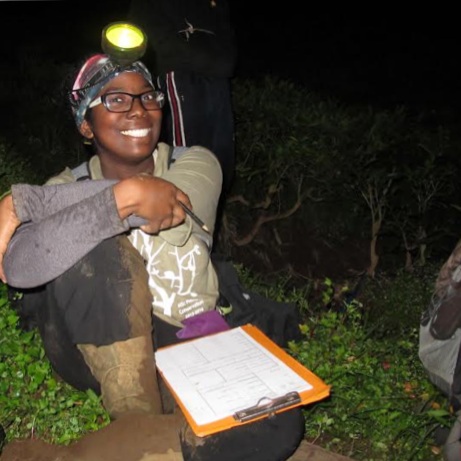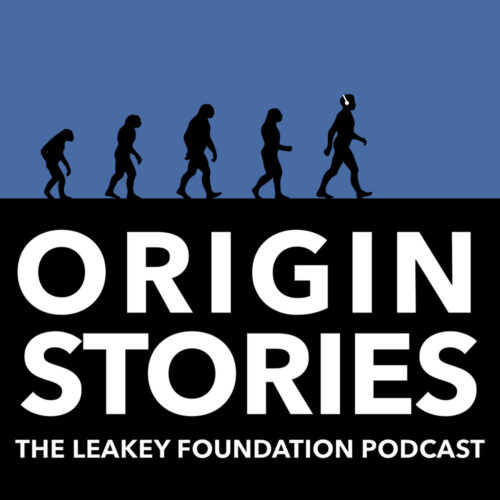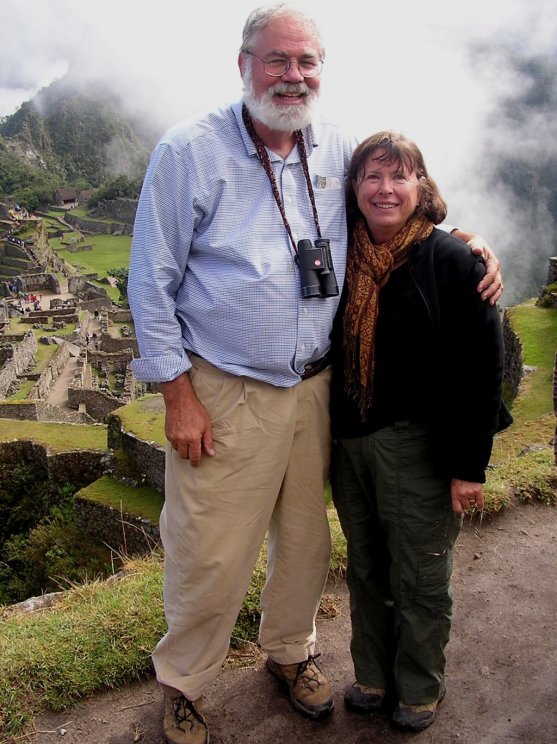Grants | The Leakey Foundation
As a science funding organization dedicated to human origins research, we invest in individuals who seek to answer big questions about what makes us human. These scientists embody our mission of increasing scientific knowledge and public understanding of human evolution, behavior, and survival.
We are pleased to announce the 24 recipients of our spring 2021 Leakey Foundation Research Grants. Their diverse research projects include studies of resource use by early human ancestors, the impacts of early life adversity on baboons, the origins of primate pair-bonding, investigations of ancient climates and diets, as well as several new hominin fossil excavations.

William Aguado, Rutgers University: Interactions of plant secondary metabolites, nutrients, and physiology in orangutans

Rachel Bell, University of Massachusetts, Amherst: Impacts of anthropogenic disturbance on lemur microbiota in southwest Madagascar

Cristian Capelli, Università di Parma: The Y chromosome evolutionary history of the genus Papio

Reed Coil, Nazarbayev University: Neanderthal and modern human spatial behavior in the Southern Caucasus
Inez Derkx, Cecilia Padilla Iglesias, University of Zurich: Socioecology of hunter-gatherer social structure and implications for cumulative culture

Elham Ghasidian, Neanderthal Museum Southern Caspian Corridor: A biogeographical hominin expansion route

Elliot Greiner, University of Michigan: Mammalian paleoecology of the Tugen Hills succession, Baringo Basin, Kenya

Ivo Jacobs, Lund University: The origins of hominin fire use: Japanese macaques as living models

Photo: Veronica Vecellio, Dian Fossey Gorilla Fund.
Axelle Kamanzi Shimwa, The George Washington University: Variation in acquisition of dietary independence in Virunga mountain gorillas

Kieran McNulty, University of Minnesota: New excavations at Meswa Bridge, Kenya

Rafael Mora, Universitat Autònoma de Barcelona: Paleoanthropological, paleodemographic, paleogenomic, and cultural foundations from the Late Upper Paleolithic in the Southeastern Pre-Pyrenees

occupation at the Qyzyljartas cave in Turkestan region, Kazakhstan
Abay Namen, University of Tübingen: Lithic technology and raw material variability in the Inner Asian Mountain Corridor of Kazakhstan

sector of the Main Ethiopian Rift, Ethiopia. Photo: Mulugeta Alene
Agazi Negash, Addis Ababa University: The emergence of modern human behavior: An obsidian geochemical perspective

Stephanie Poindexter, State University of New York at Buffalo: Re-evaluating the origins of primate pair-living through movement synchrony.

Zeljko Rezek, Max Planck Institute for Evolutionary Anthropology: Human use of the Saharan Nile landscape in the MSA

a biface being unearthed by graduate student Yasmine Younsi. © M. Sahnouni.
Mohamed Sahnouni, Centro Nacional de Investigación sobre la Evolución Humana: Continuation of new investigations at the Hominin site of Tighennif (formerly Ternifine), Algeria: Study of Homo erectus behavior and adaptation

Photo: Wegenu Amerga
Chalachew Seyoum, University of Missouri: Preliminary Paleoanthropological expedition in the Kibish Formation, southern Ethiopia

Marcelo Tejedor, Instituto Patagónico de Geología y Paleontología (CCT CONICET-CENPAT): Dietary reconstruction of the Miocene primates from Patagonia using dental microwear and stable isotope analyses
Kristen Tuosto, George Washington University: Skeletal impacts of early life adversity in Amboseli baboons

Sarie Van Belle, University of Texas at Austin: Information transmission between groups: Vocal indicators of group-level resource-holding potential and motivation in black howlers

Elizabeth Velliky, University of Bergen: Reconstructing past ochre-scapes in South Africa (ROSA)
Rachel Voyt, University of Texas at Austin: Female reproductive variation in a wild, cooperatively breeding callitrichine primate

Kira Westaway, Macquarie University: Unearthing giants; post-cranial evidence of Gigantopithecus blacki in southern China

Ismail Ziani, University of Las Palmas de Gran Canaria: Plant use by the early Homo sapiens in North Africa


